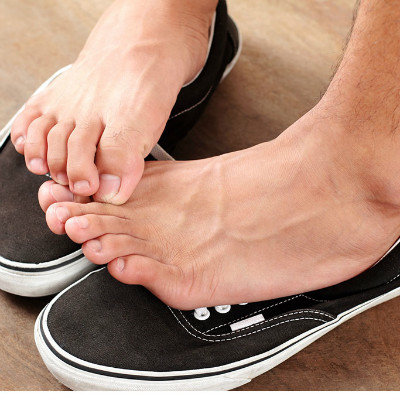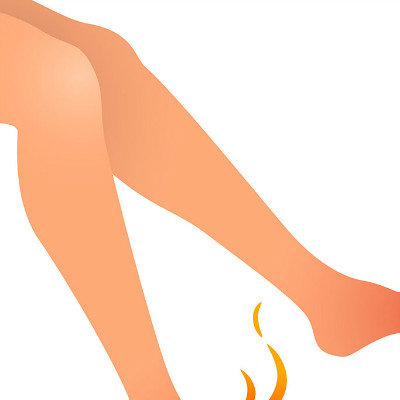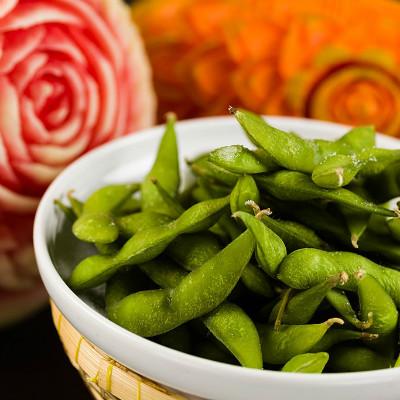What factors lead to palmar pustulosis?
summary
Palmoplantar pustulosis is a common skin disease in life. The occurrence of this disease not only harms the health of patients, but also affects the external image of patients. Suzhou leqiao skin specialist introduces that if you understand the cause of the disease, you can get better symptomatic treatment. So, what are the factors of palmoplantar pustulosis? Let's take a look at the details.
What factors lead to palmar pustulosis?
When the lesions were treated with antibiotics or eradicated, some patients' skin lesions could be alleviated or cured. When the lesions were complicated with upper respiratory tract infection, skin suppurative infection or bacterial vaccine injection, the skin lesions worsened and showed positive skin reaction to staphylococcin.

In the early stage, the manifestations of abscess of metacarpal and toe were mostly limited to one place, which was characterized by the thickening of keratinized layer of skin, dark red, and Kang like scales. Later, the damage can be expanded, local congestion is obvious, and often occurs in batches.

Palmoplantar pustulosis usually occurs in the center of the palm or plantar, and gradually spreads to the whole palm and plantar, and can also spread to the side of the hand and foot. At the beginning, the blisters quickly become bacteria free pustules. A few days later, the pustules dry up and scab into brown scales. After the scales fall off, new pustules appear. The skin of palms and soles can be reddened and thickened for several years. There are scales on the surface. Some patients have local itching and pain, and pustular bacterial culture is negative.

matters needing attention
Pustular palmoplantar pustules usually occur in middle-aged women, especially among people aged 30 to 50, with higher incidence rate than other groups. Palmoplantar pustulosis is similar to seborrhagic eczematoid dermatitis, continuous acrodermatitis and pustular bacterial eruption, so we should pay attention to the differential diagnosis of palmoplantar pustulosis.















